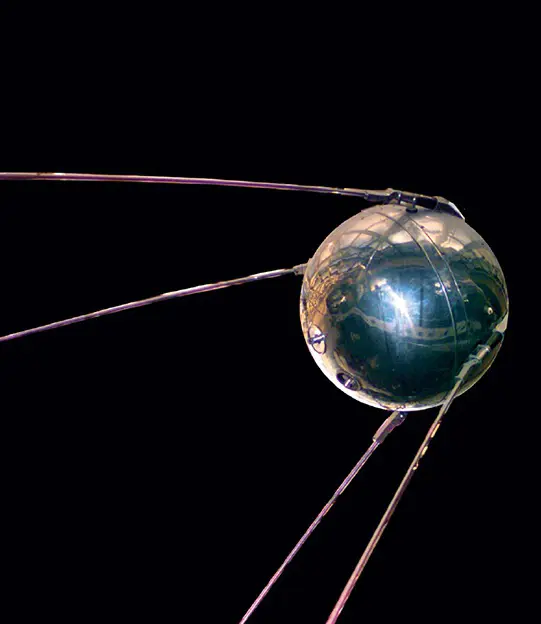The launch of Sputnik by the Soviet Union on October 4, 1957, marked a defining moment in space exploration history, spearheaded by the leading Soviet rocket engineer, Sergei Korolev. This event not only initiated the Space Age but also symbolized a significant technological and political milestone.
Korolev, renowned for developing the USSR’s first intercontinental ballistic missile, successfully persuaded the Soviet government to adapt the R-7 rocket for space exploration. The payload, named Sputnik, meaning “satellite” in Russian, became the first artificial satellite to orbit the Earth. Its journey, lasting three months until it burned up upon re-entering the Earth’s atmosphere, was closely monitored worldwide, with its distinctive beep-beep-beep radio signals easily detectable by ham radio operators.
Sputnik’s launch stirred a sense of urgency in the United States, highlighting the Soviet Union’s advanced rocket technology capable of deploying ICBMs globally. This led to an accelerated space effort by the US, culminating in the successful launch of their first satellite, Explorer 1, shortly after Sputnik’s demise.
Furthermore, Sputnik catalyzed a revolution in science and technology funding and education in the United States, profoundly impacting the Apollo generation. This era saw the United States emerge victorious in the space race, with twelve astronauts walking on the Moon between 1969 and 1972 and other significant achievements in space exploration.

